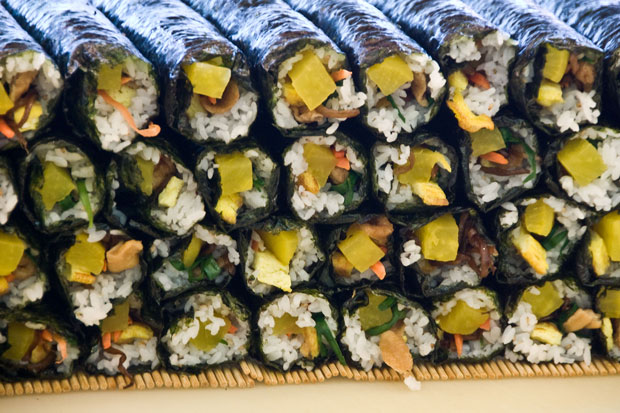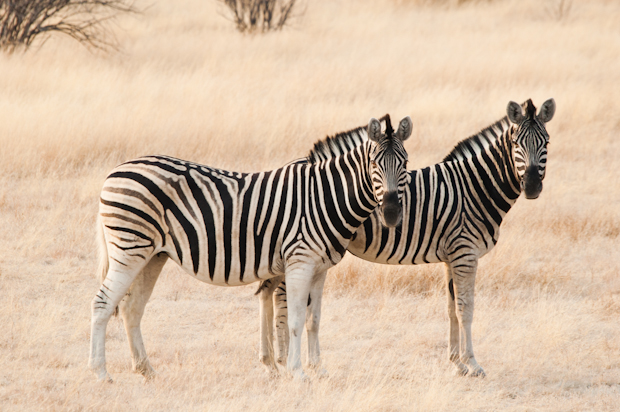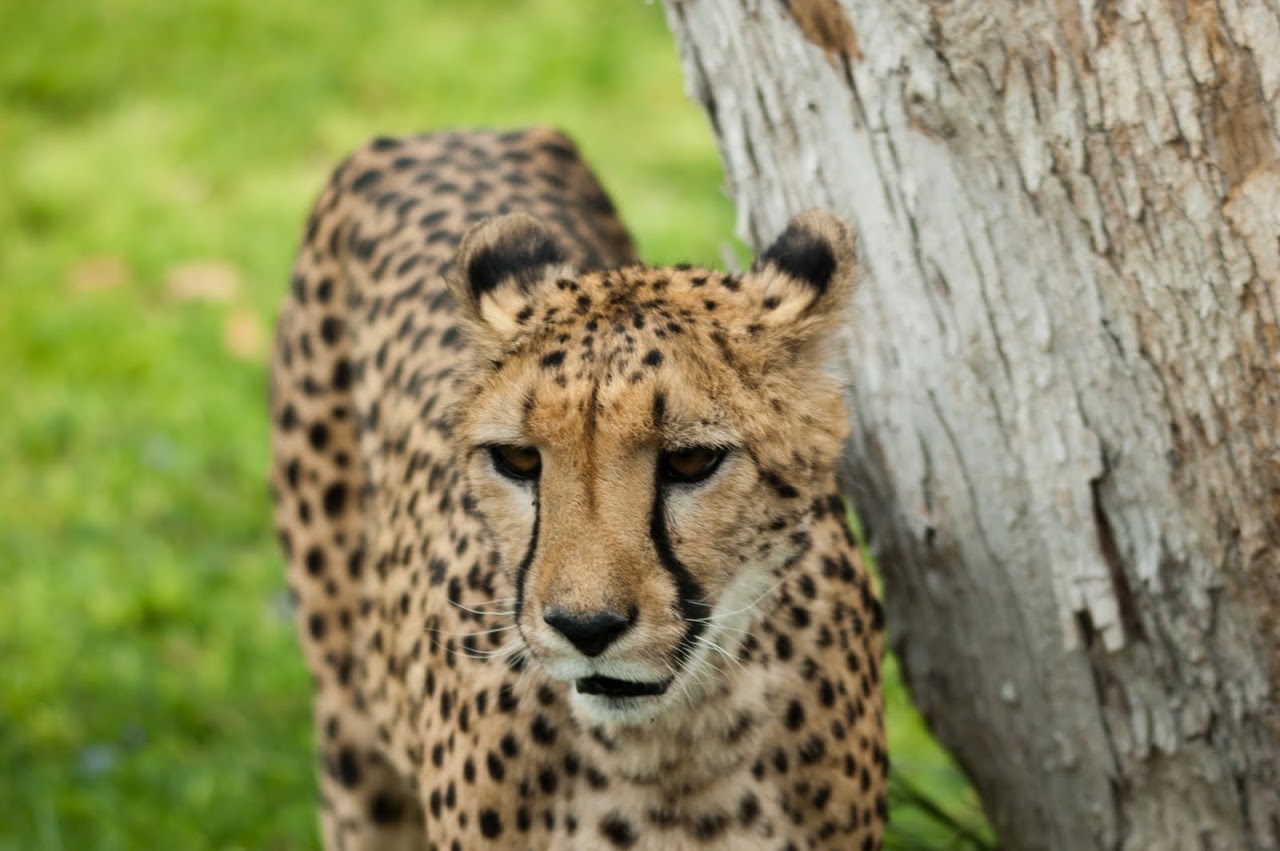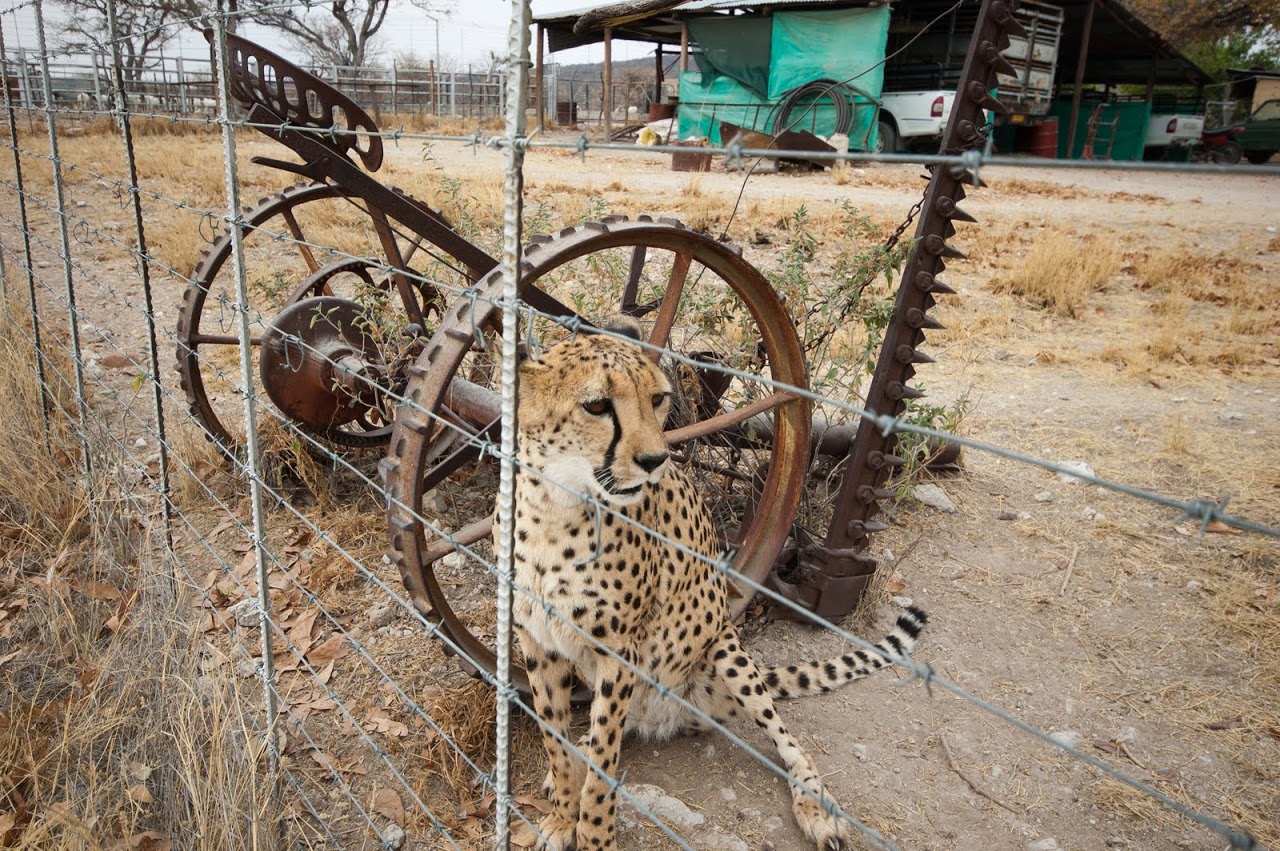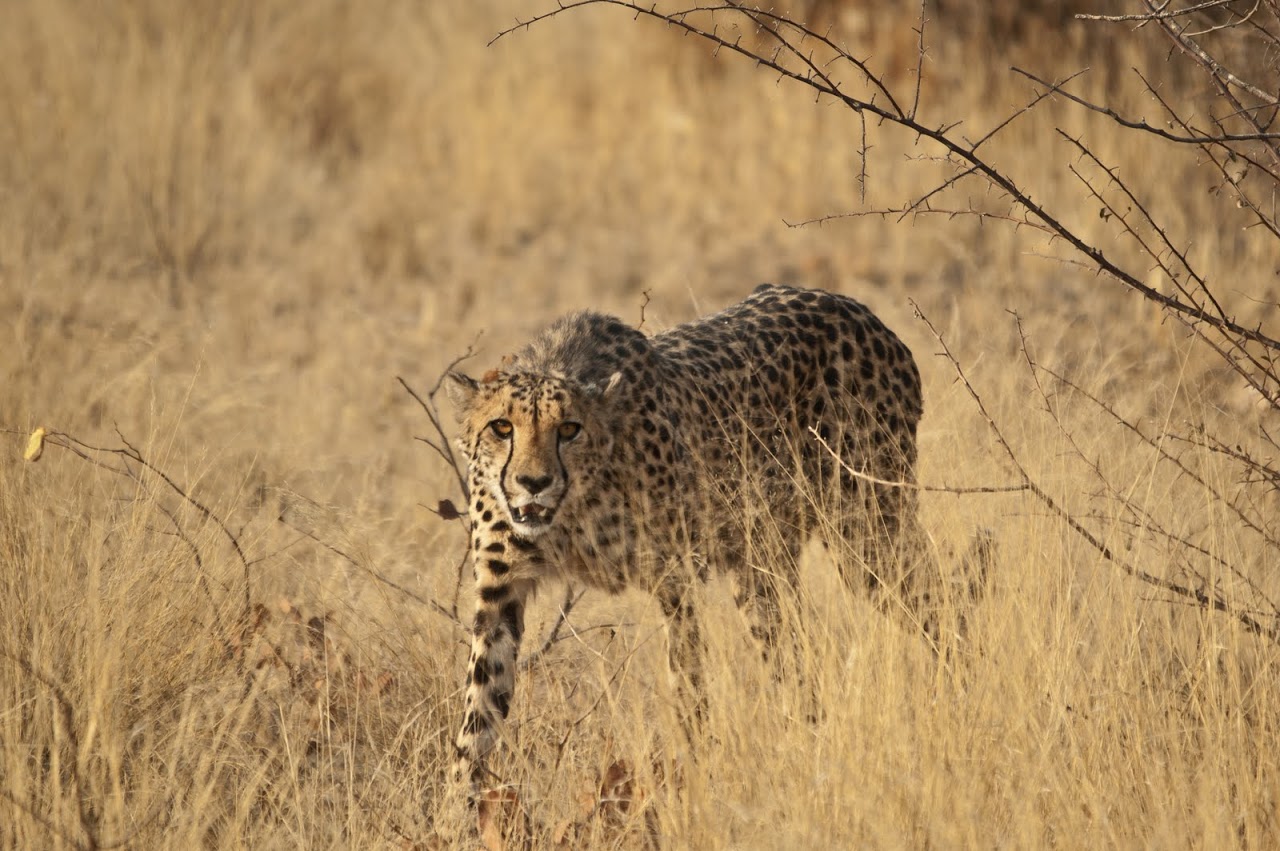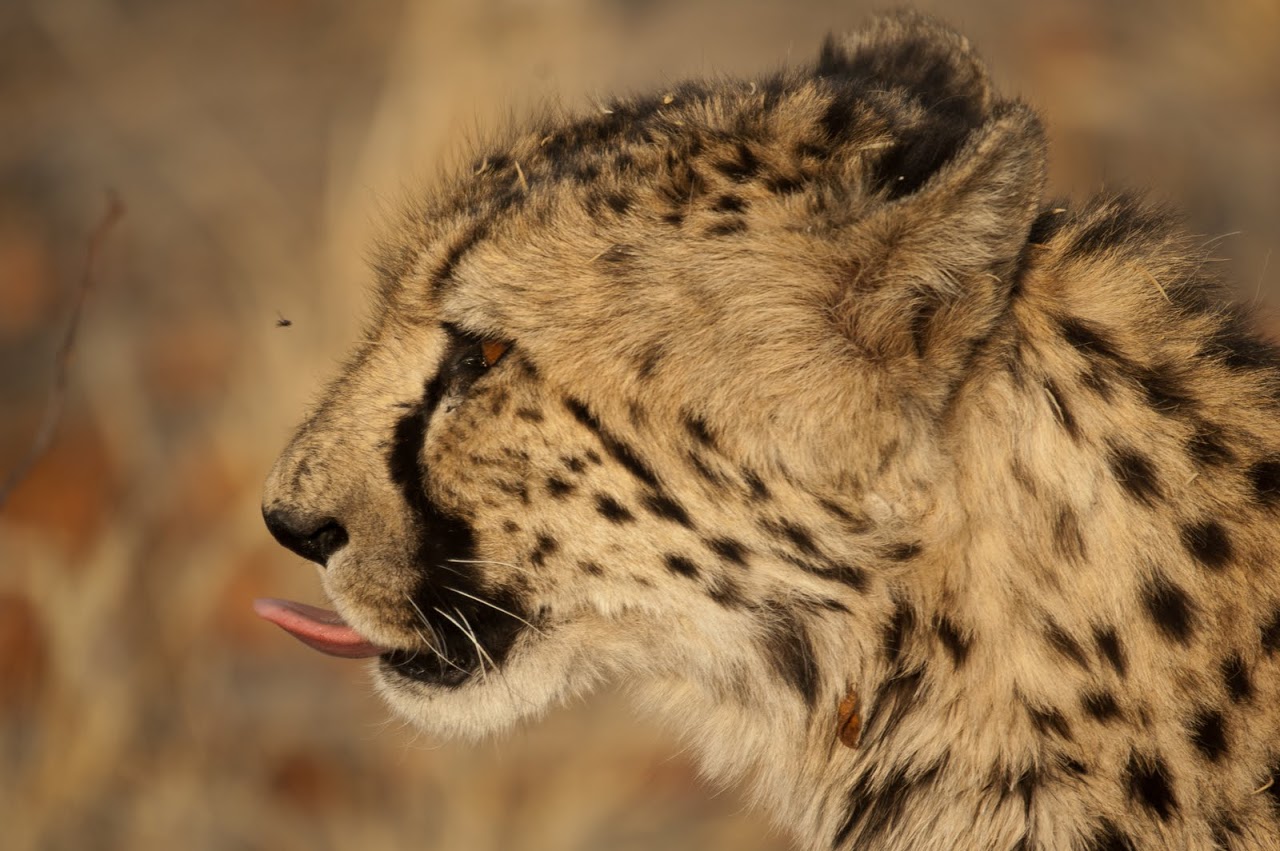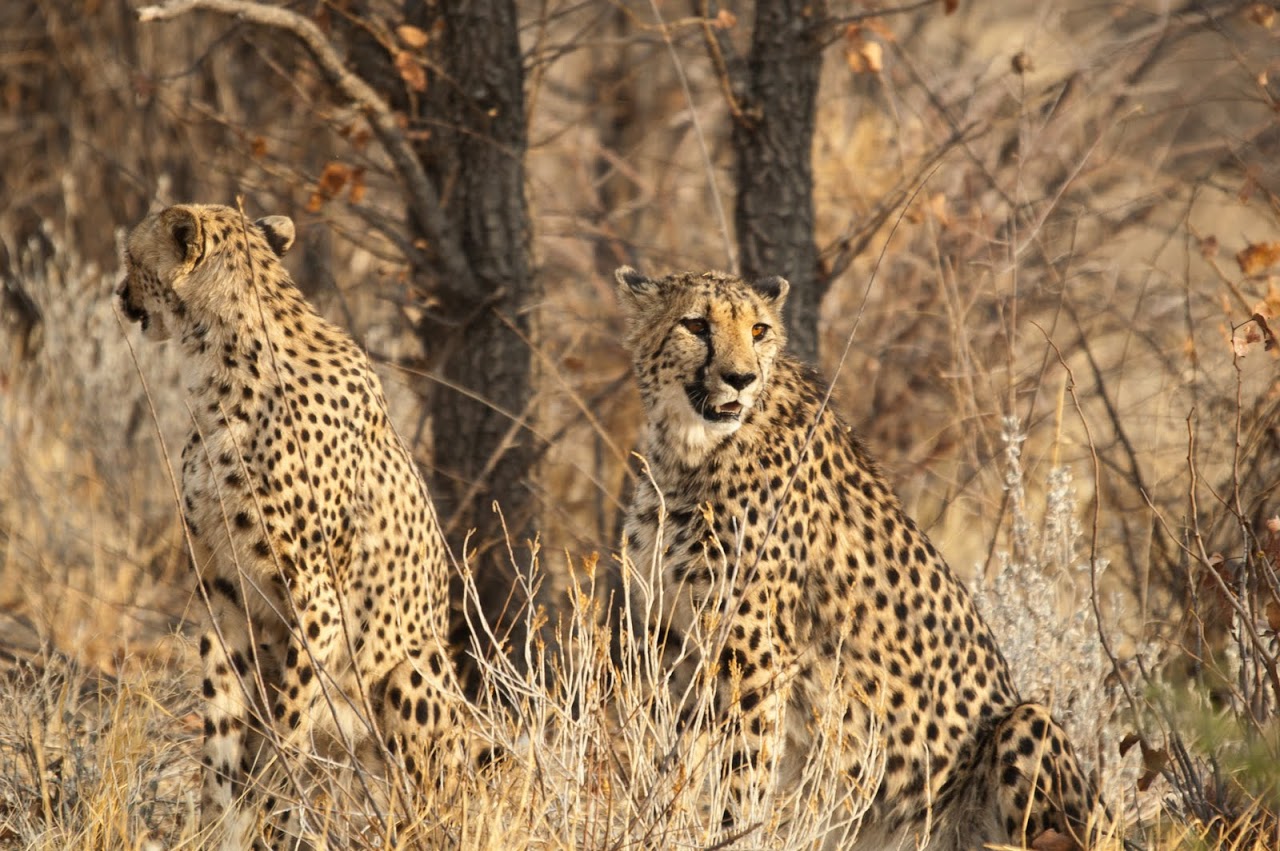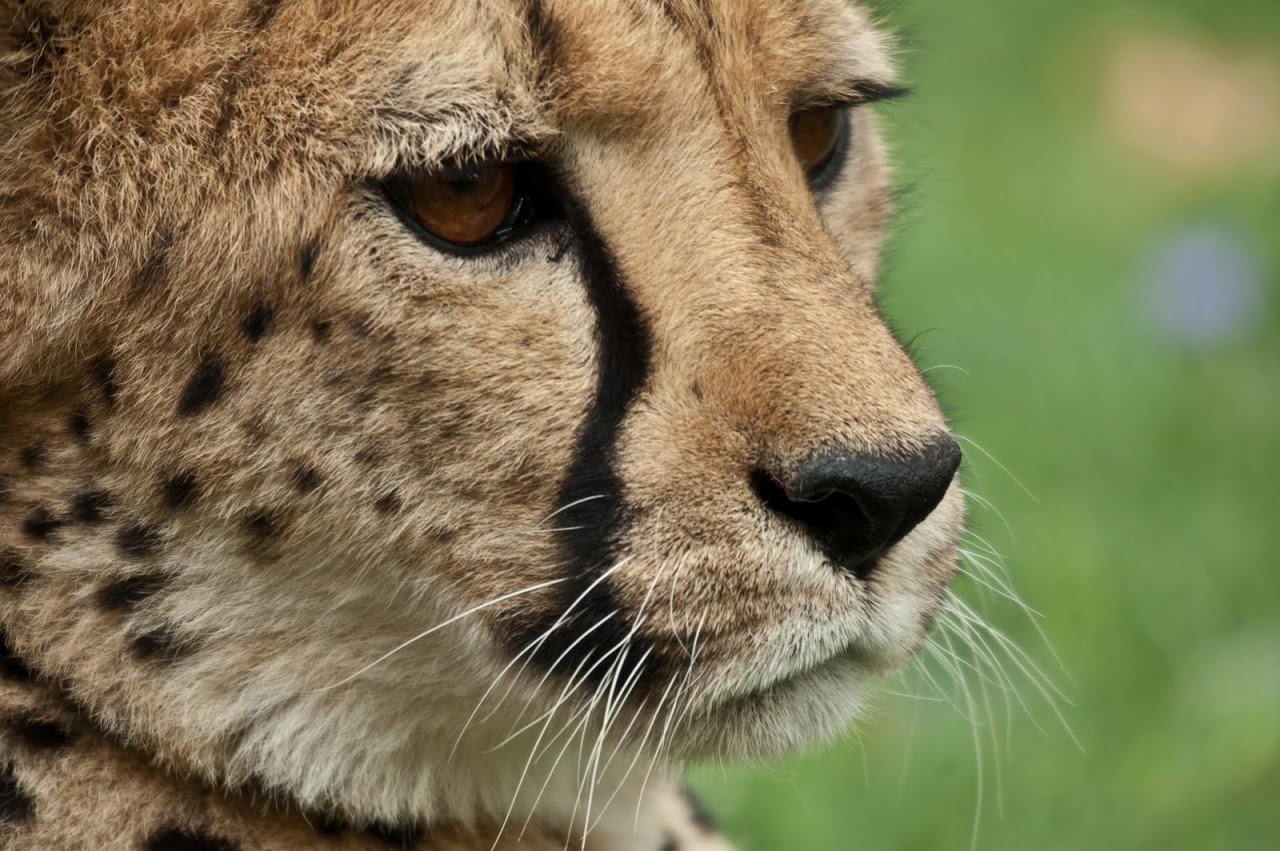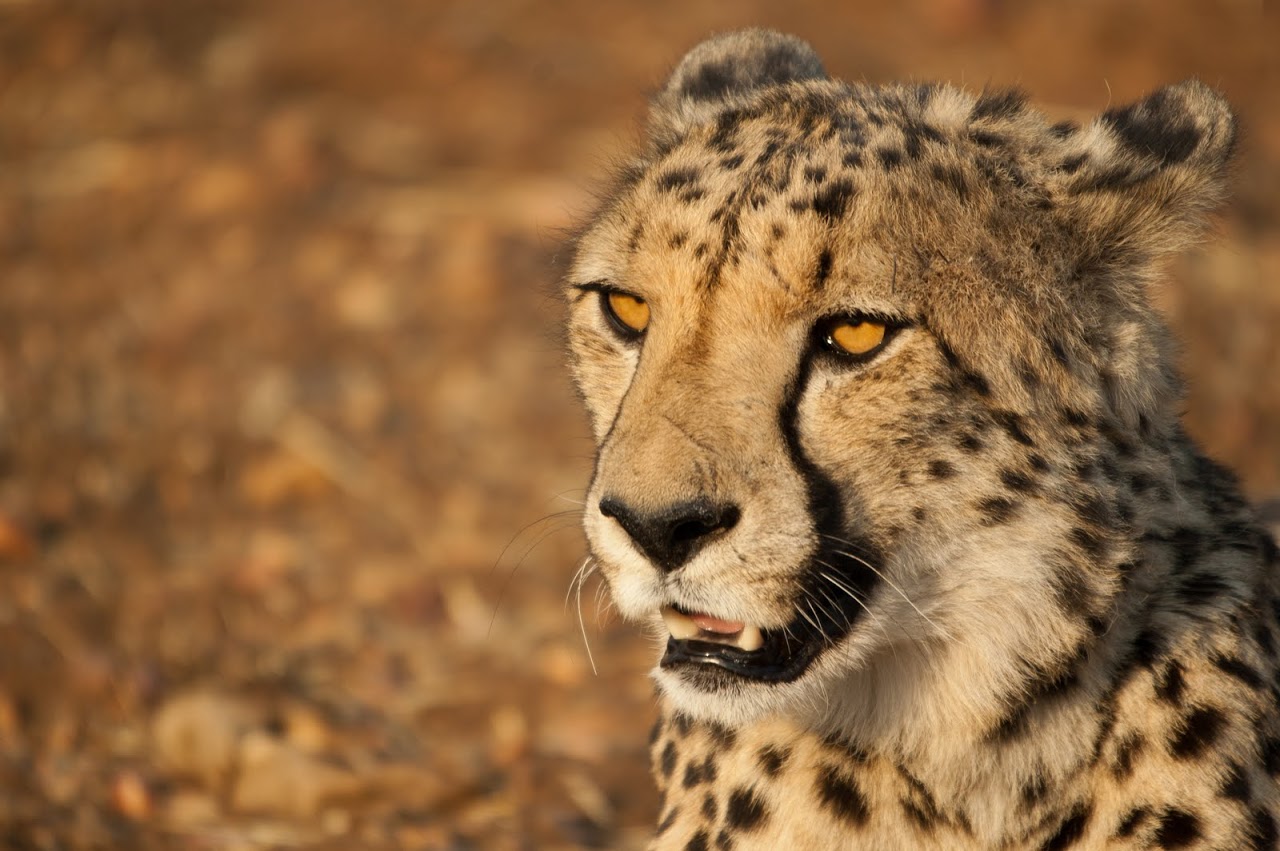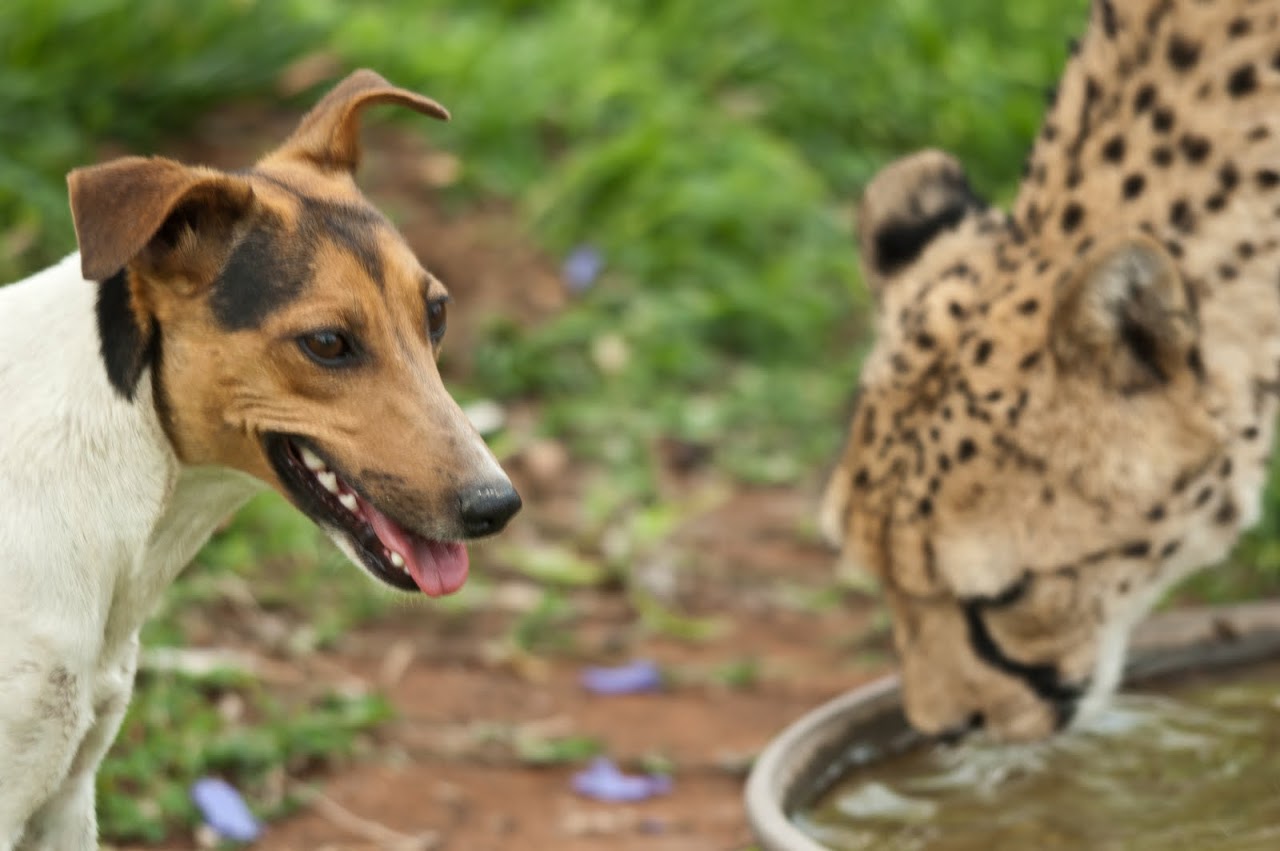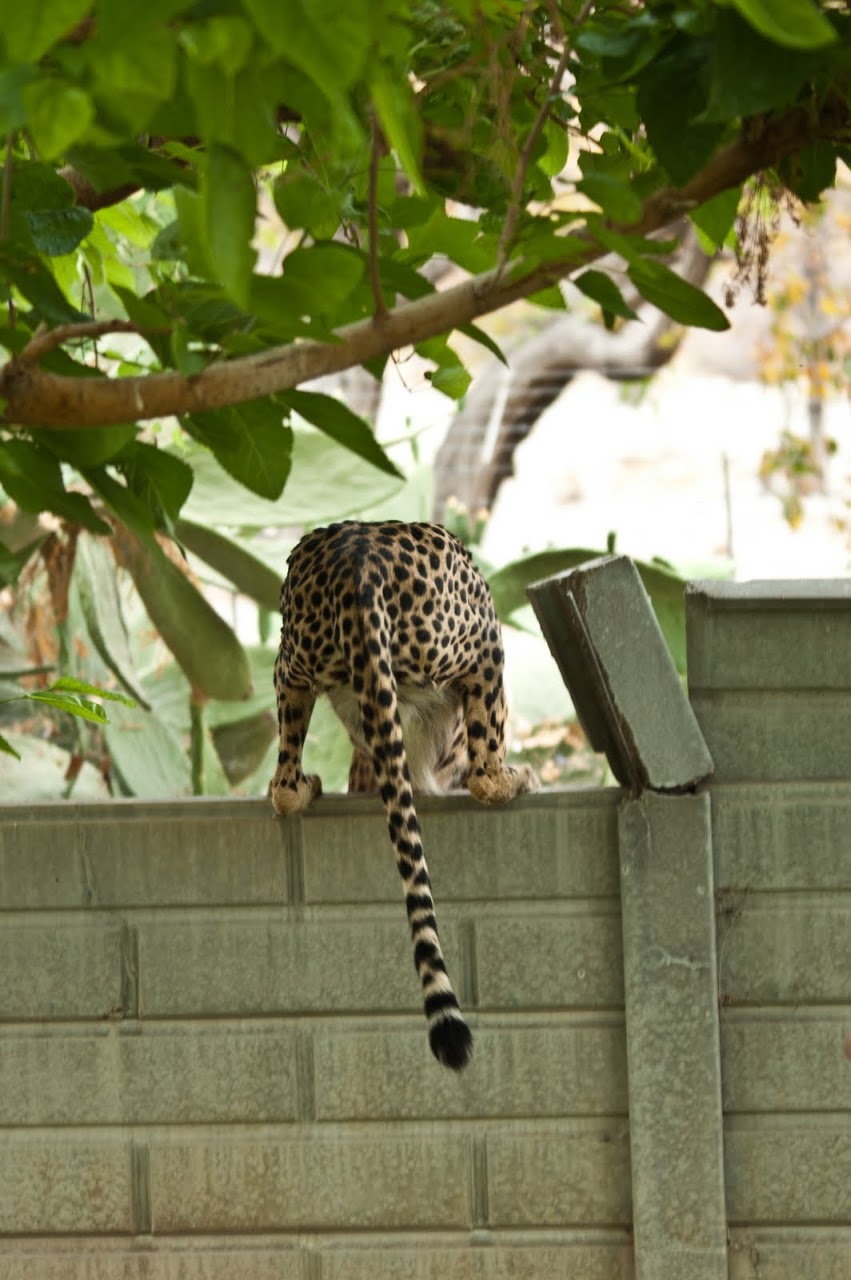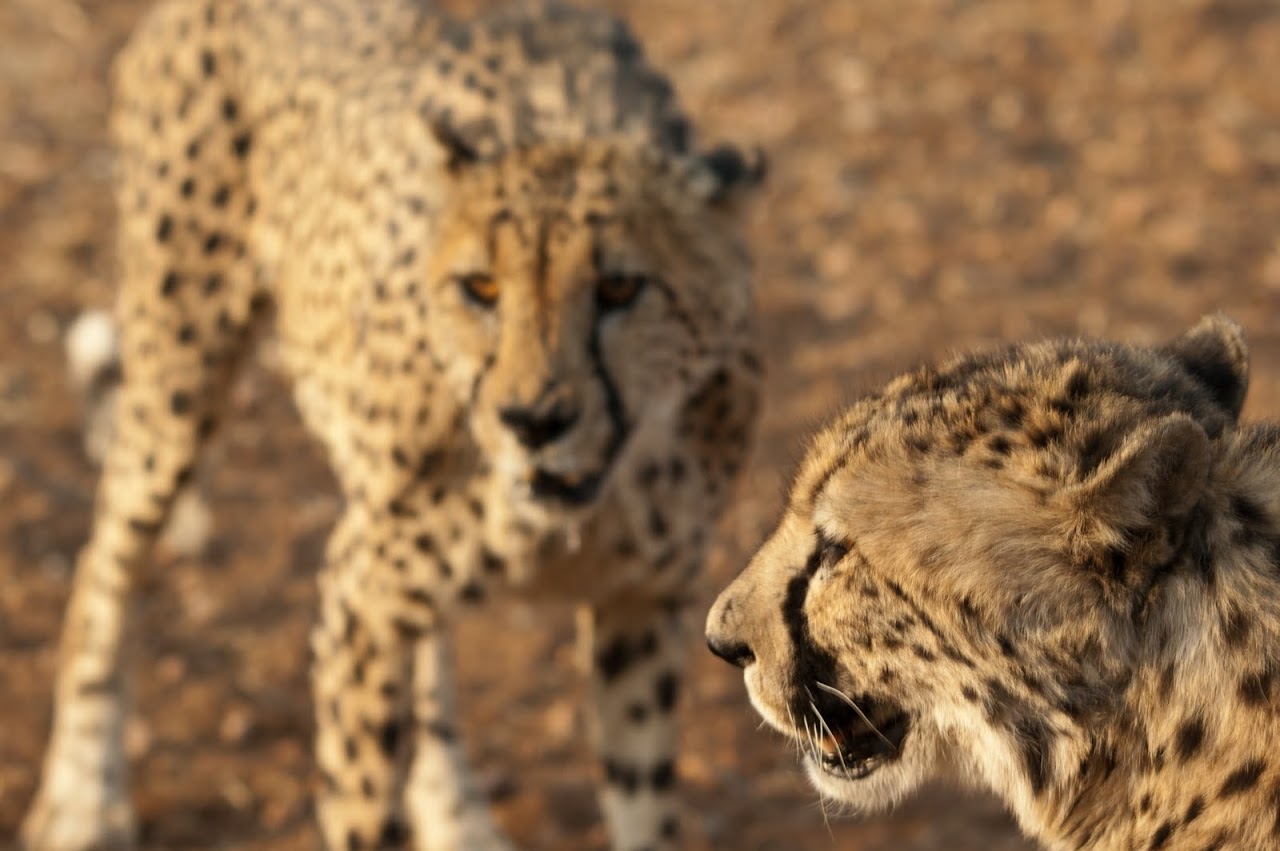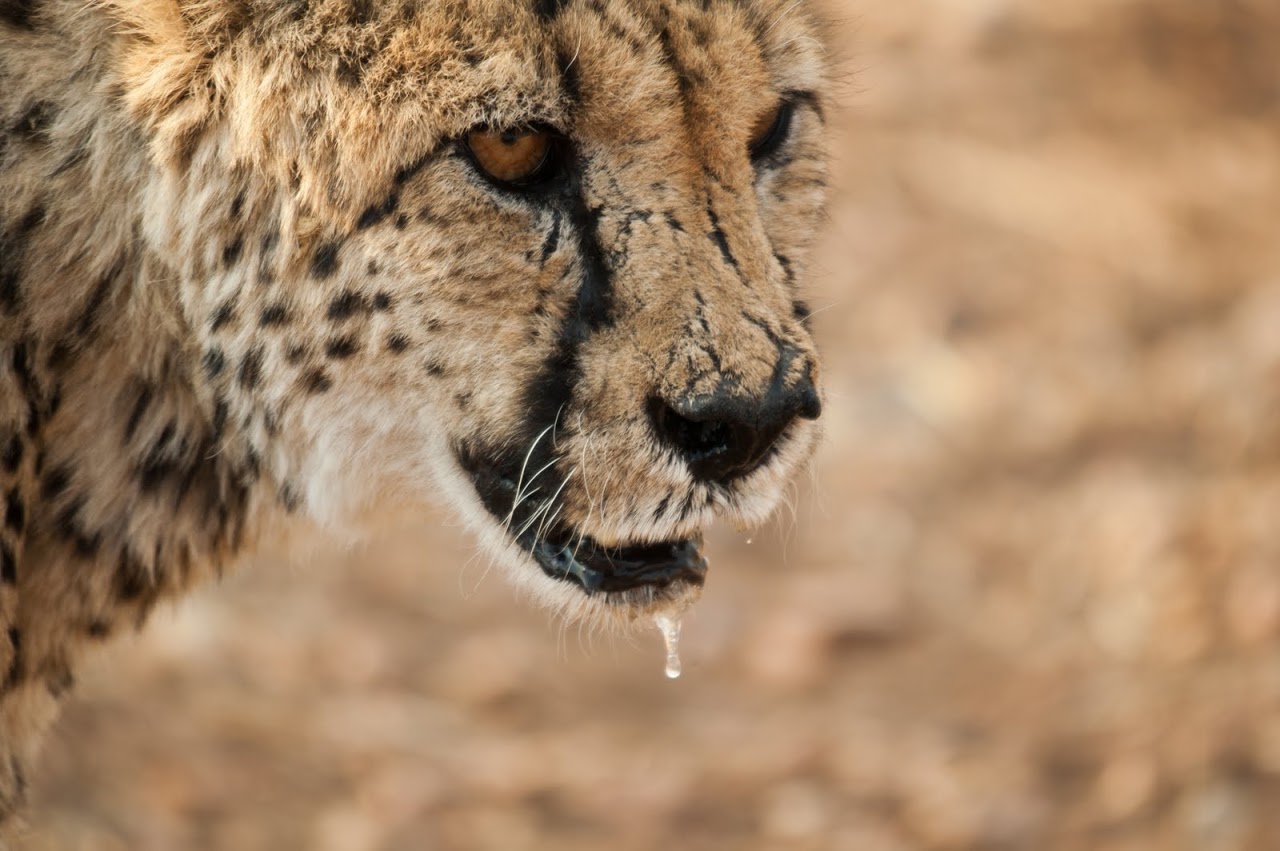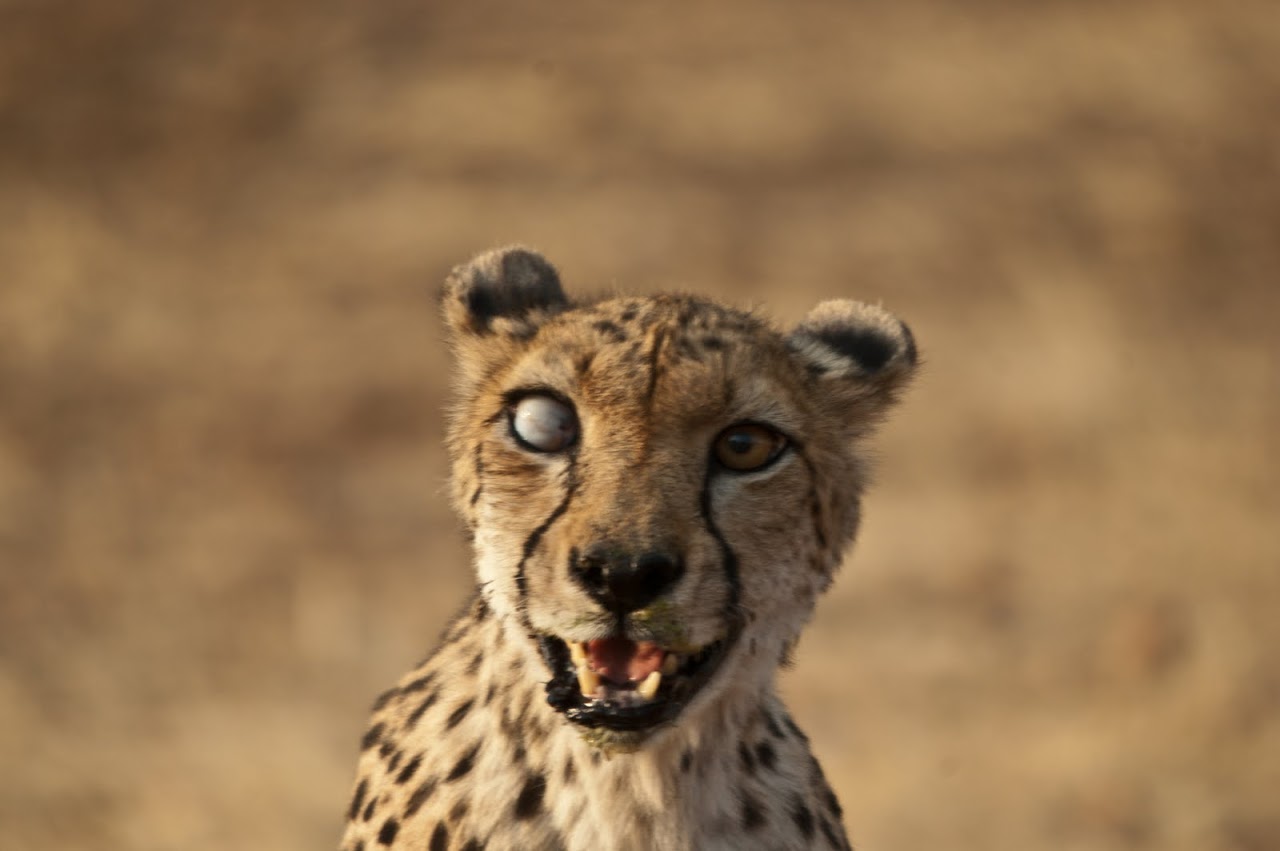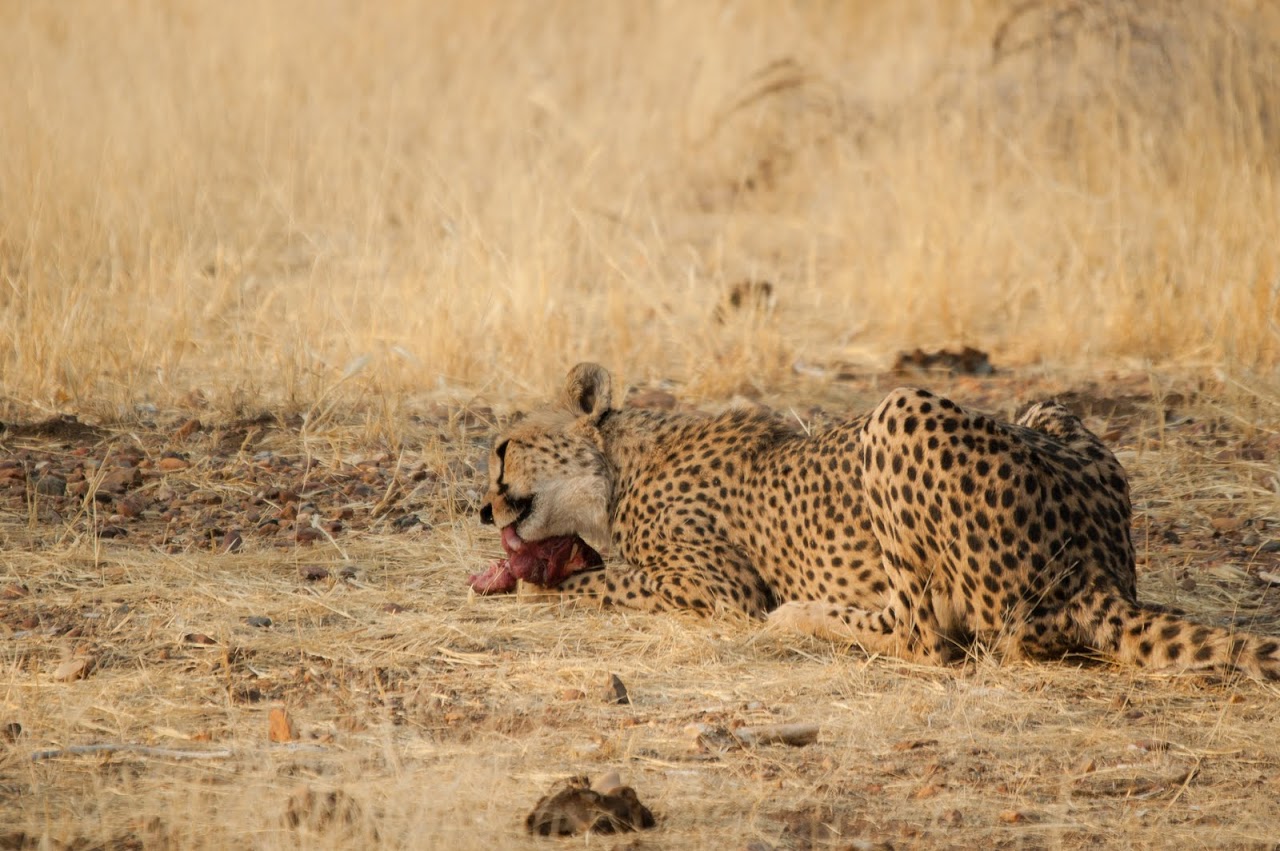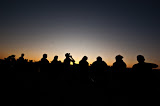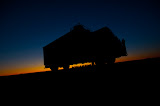Cheetah against tree
I spent a while this afternoon thinking about how to title this post. I came up with options like, "My Date With a Cheetah," "Spotted Fever" (which I still kinda like), and "Cheetah Crazy." None of the post titles came close to describing their sheer awesomeness. So, in what may be the most obvious post title ever, I fell back on "Cheetahs Are Awesome."
Cheetah inside fence, us outside
They are, though. They are beautiful, amazing, agile, and strong animals.
Cheetah in the "wild"
Once, cheetahs roamed five continents but, today, their population numbers around 10,000 across Africa and Asia. Namibia contains about a quarter of the world's cheetah population, the highest concentration of cheetahs in the world. There, cheetahs have been a nuisance to farmers for the last century.
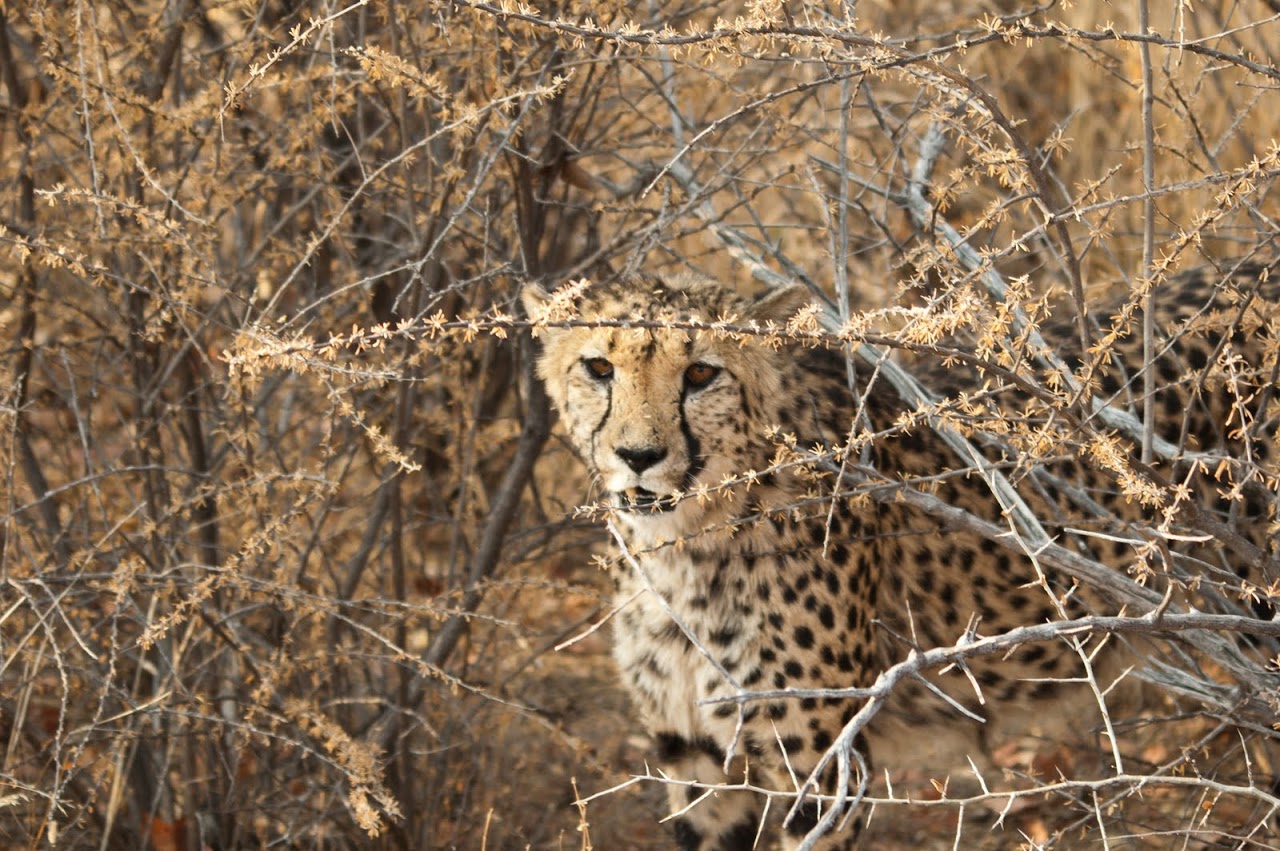
|
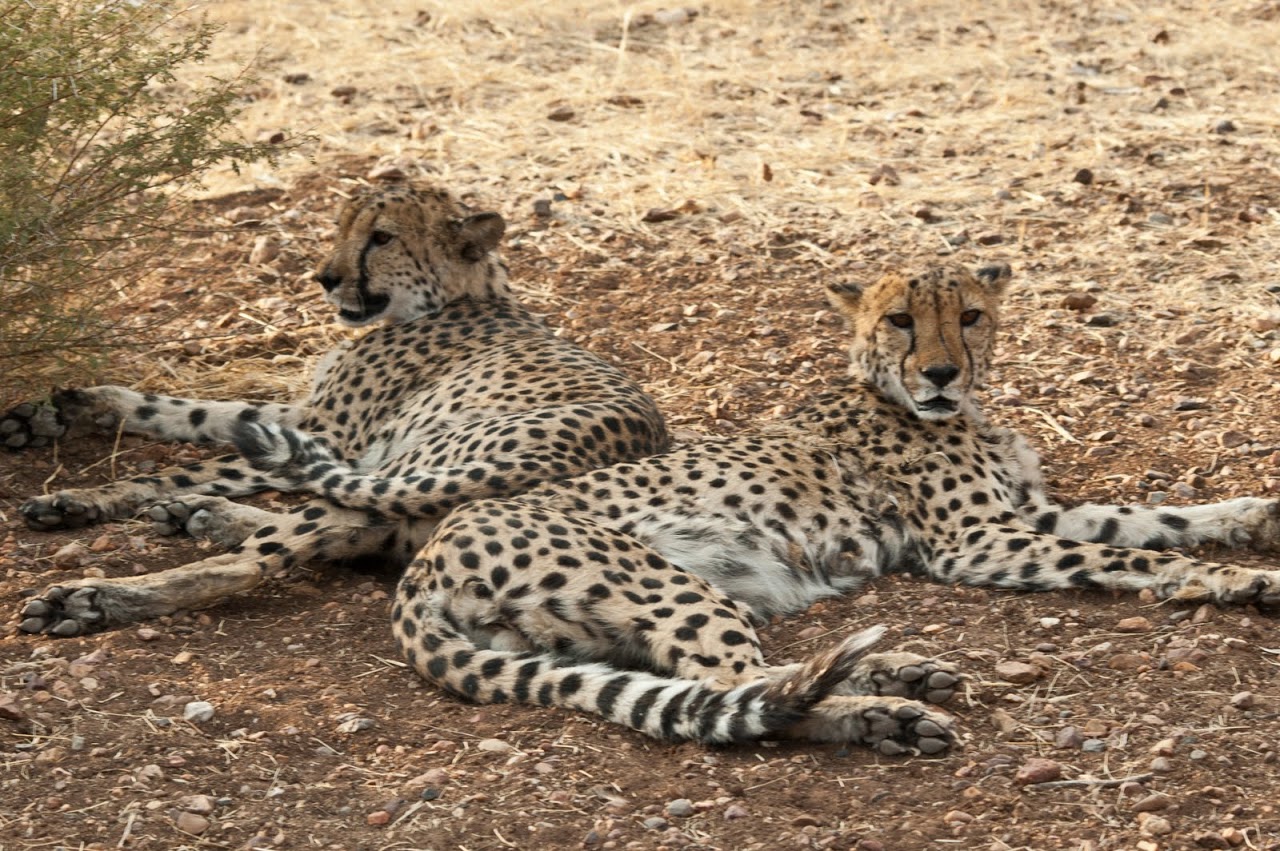
|
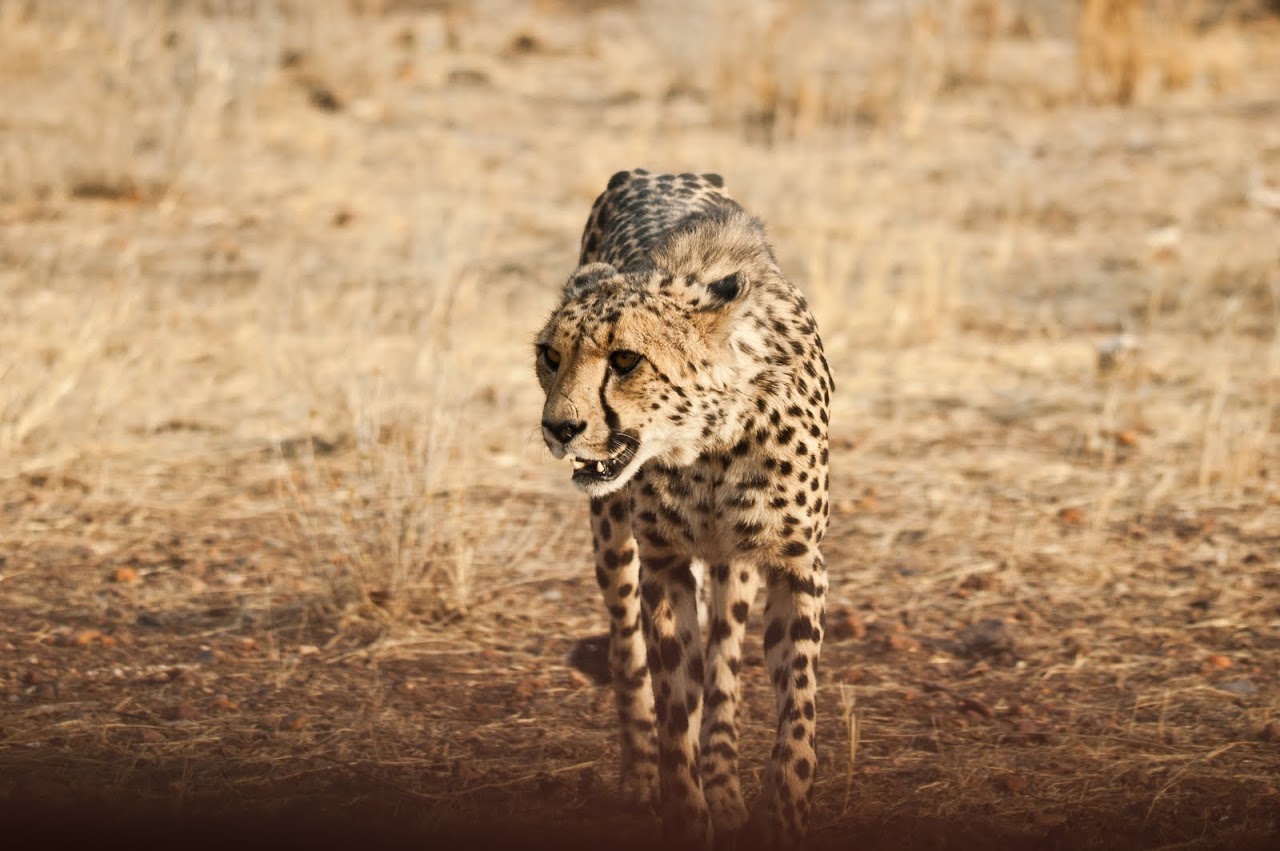
|
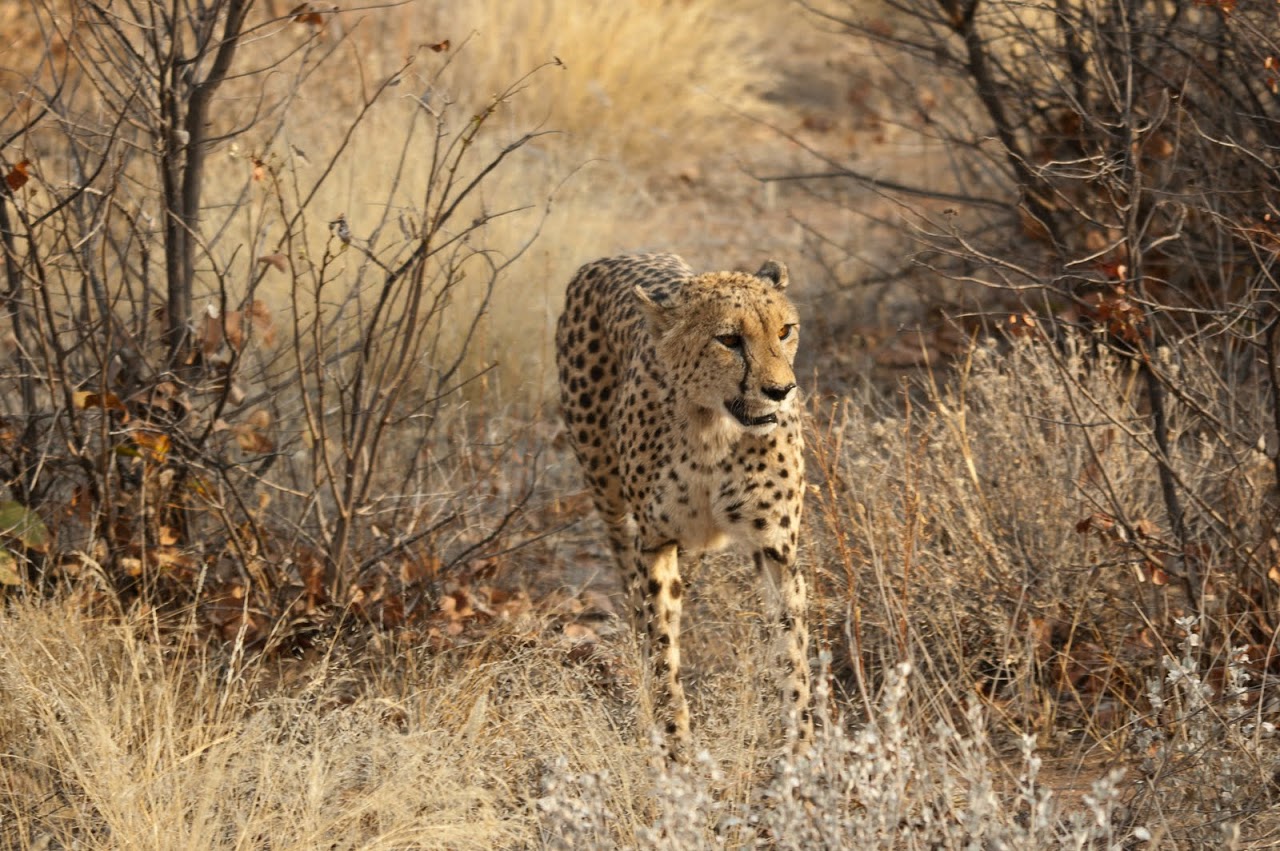
|
Cheetahs in the "wild" environment
The Nel family had been farming in Namibia since the 1930s. In the early 1990s, wild cheetah killed over thirty of their goats, sheep, and livestock. Most farmers in Namibia killed the wild cheetahs who pestered their flock, but the Nel family chose to capture the animals.
Cheetah staring down a fly
They fenced 25 hectacres of their land to keep the captured cheetahs. They still farm but have devoted a great deal of resources and money to establishing the Otjitotongwe Cheetah Farm as a conservation project.
Cheetahs
If a farmer is being pestered by a cheetah, the family will pay the farmer $2,500 to capture the cheetah, ridding the farmer of a problem and keeping the animal alive. The conservation park now has about 30 cheetahs.
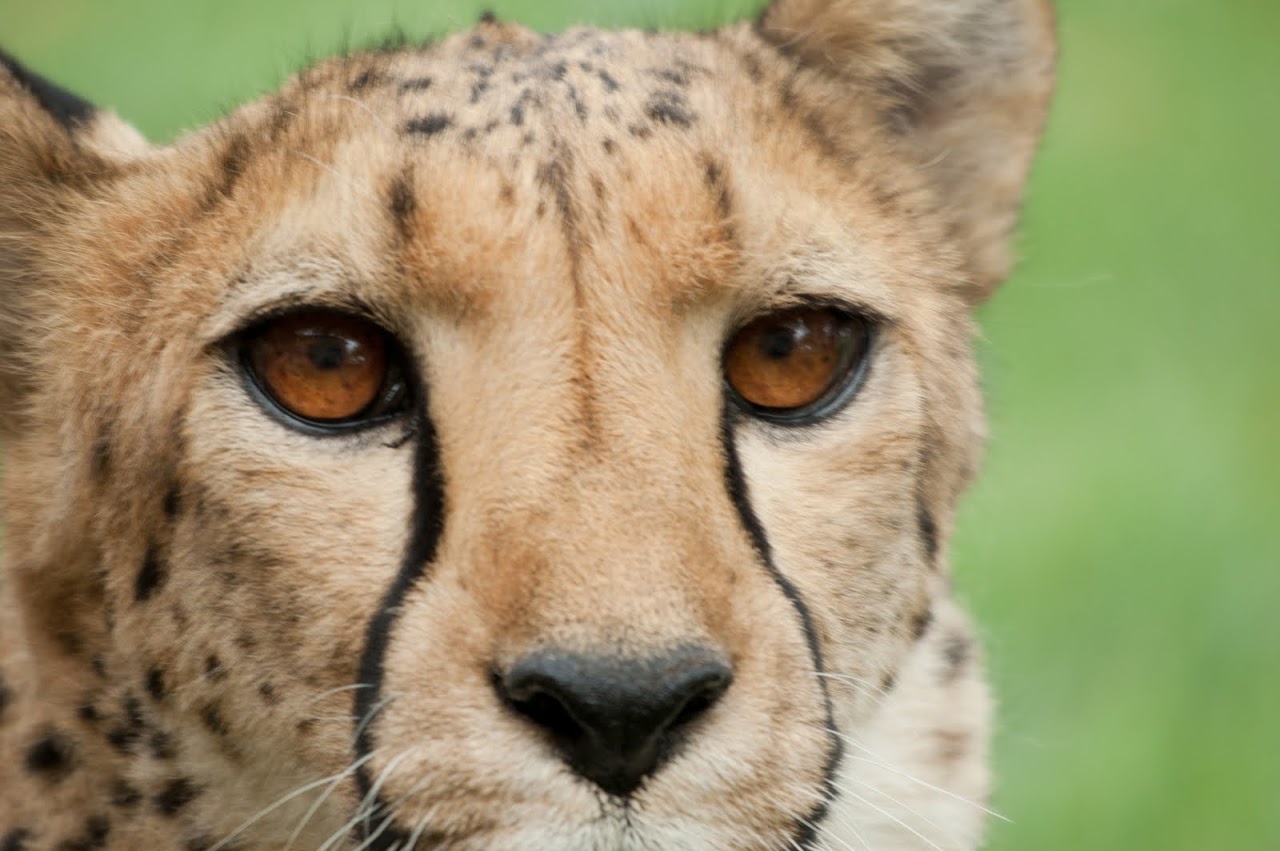
|
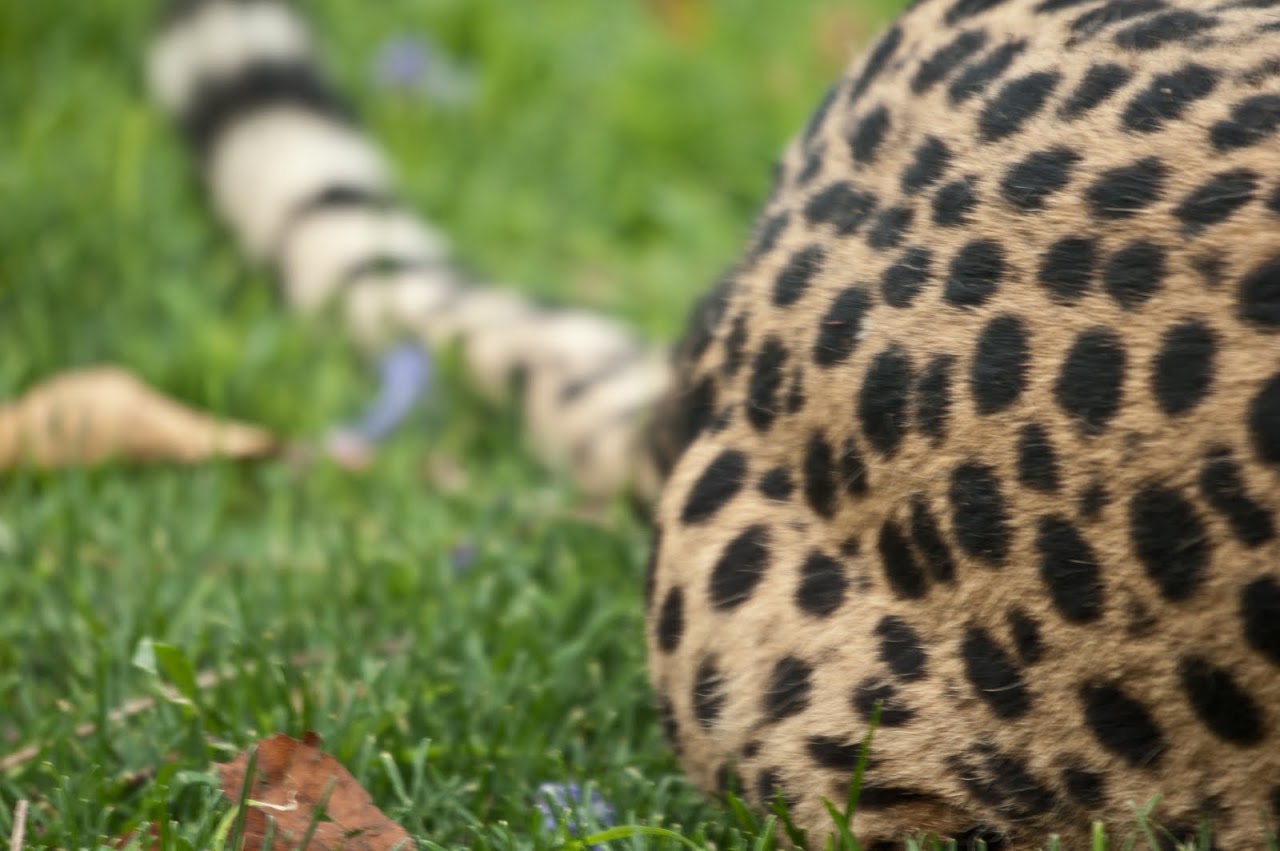
|
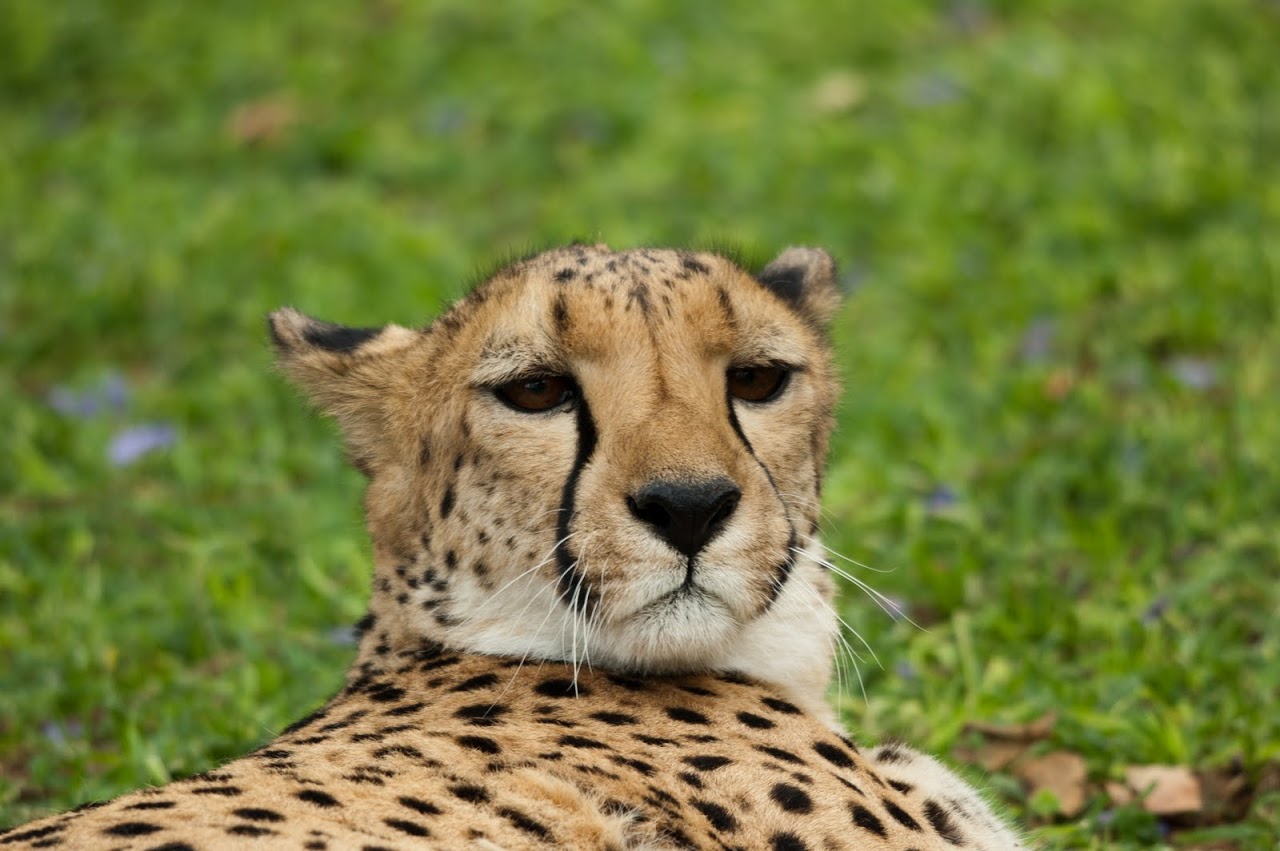
|
On the one hand, it is certainly better that farmers are taking an effort to keep the cheetahs alive, rather than being shot or sold for pelts, as was frequently done in the 1980s when the cheetah population in Namibia dropped by half. Today, there are 2,500 cheetah in Namibia and their classification has changed from endangered to vulnerable, in part because of the efforts of groups like the Otjitotongwe Cheetah Farm.
Cheetah with glowing eyes
The family has tried to give the cheetahs to Etosha National Park, the largest game park in Namibia, but Etosha does not want any more cheetahs, claiming that it will throw off the balance of animals in the reserve. And, we have visited other conservation centers, such as Patara Elephant Farm in Thailand, and support the efforts of such groups.
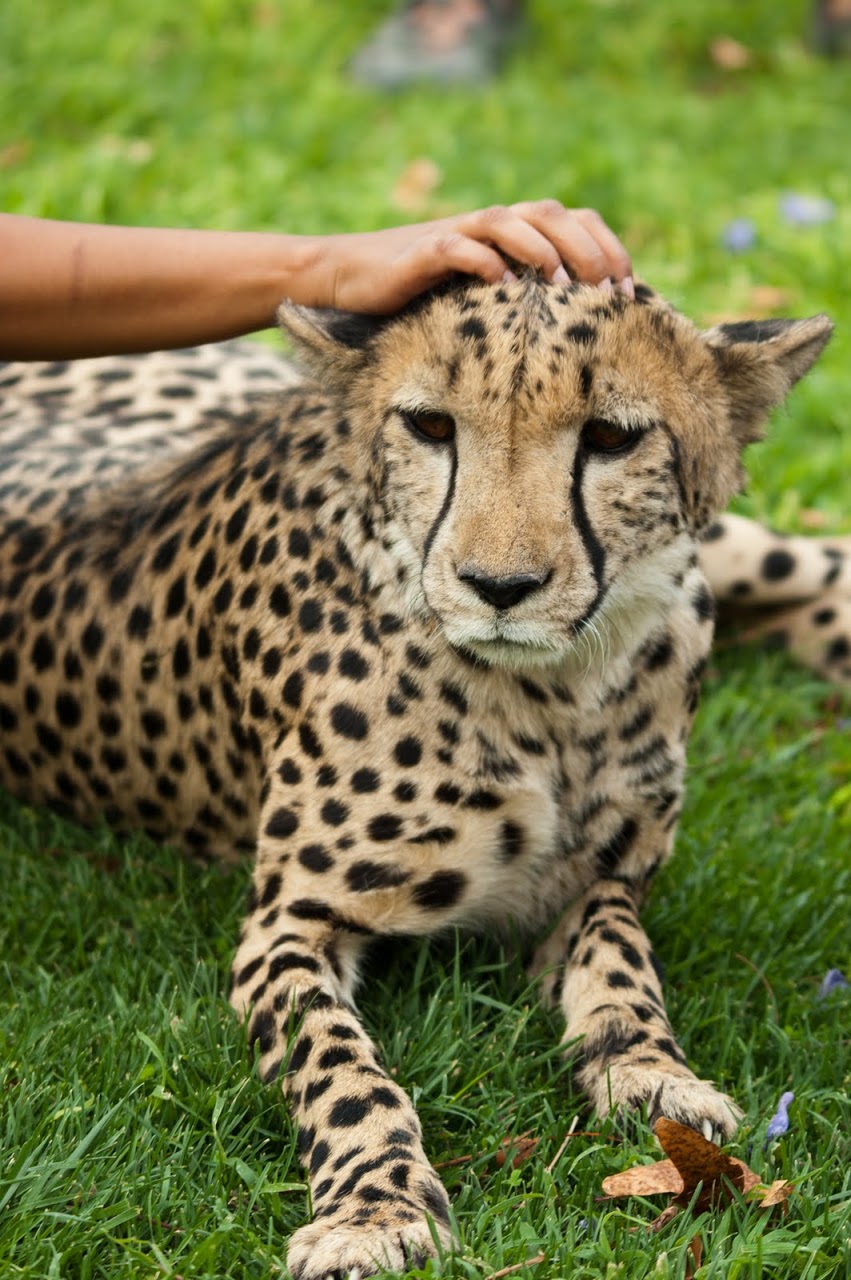
|
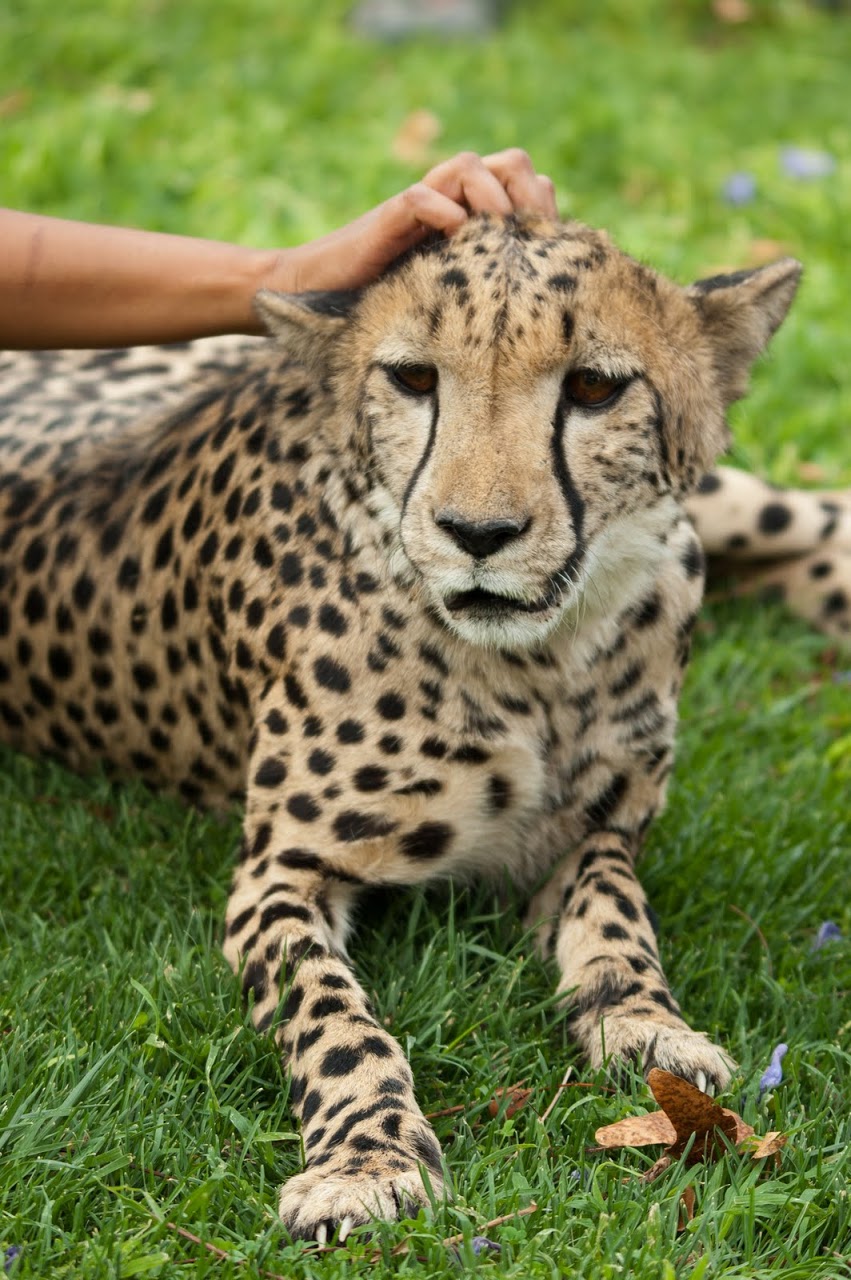
|
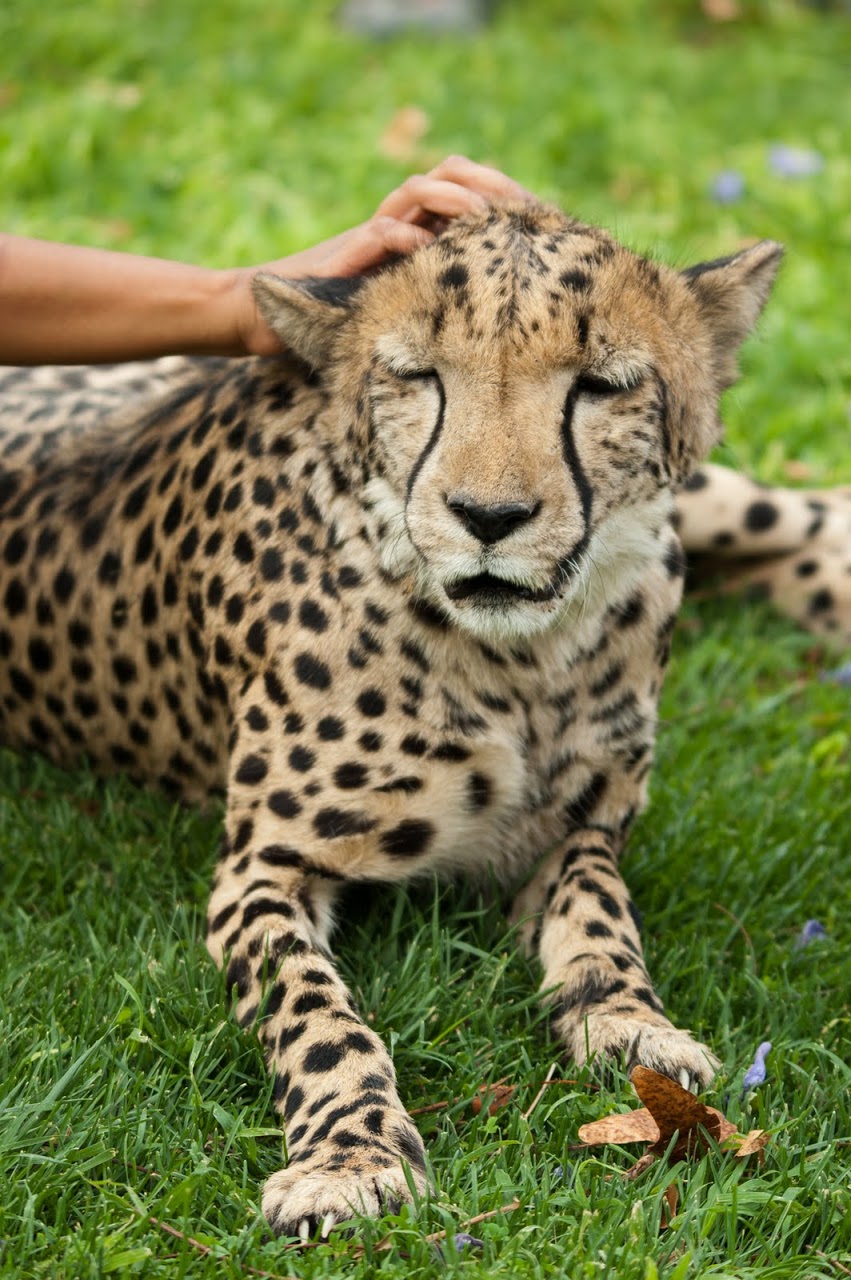
|
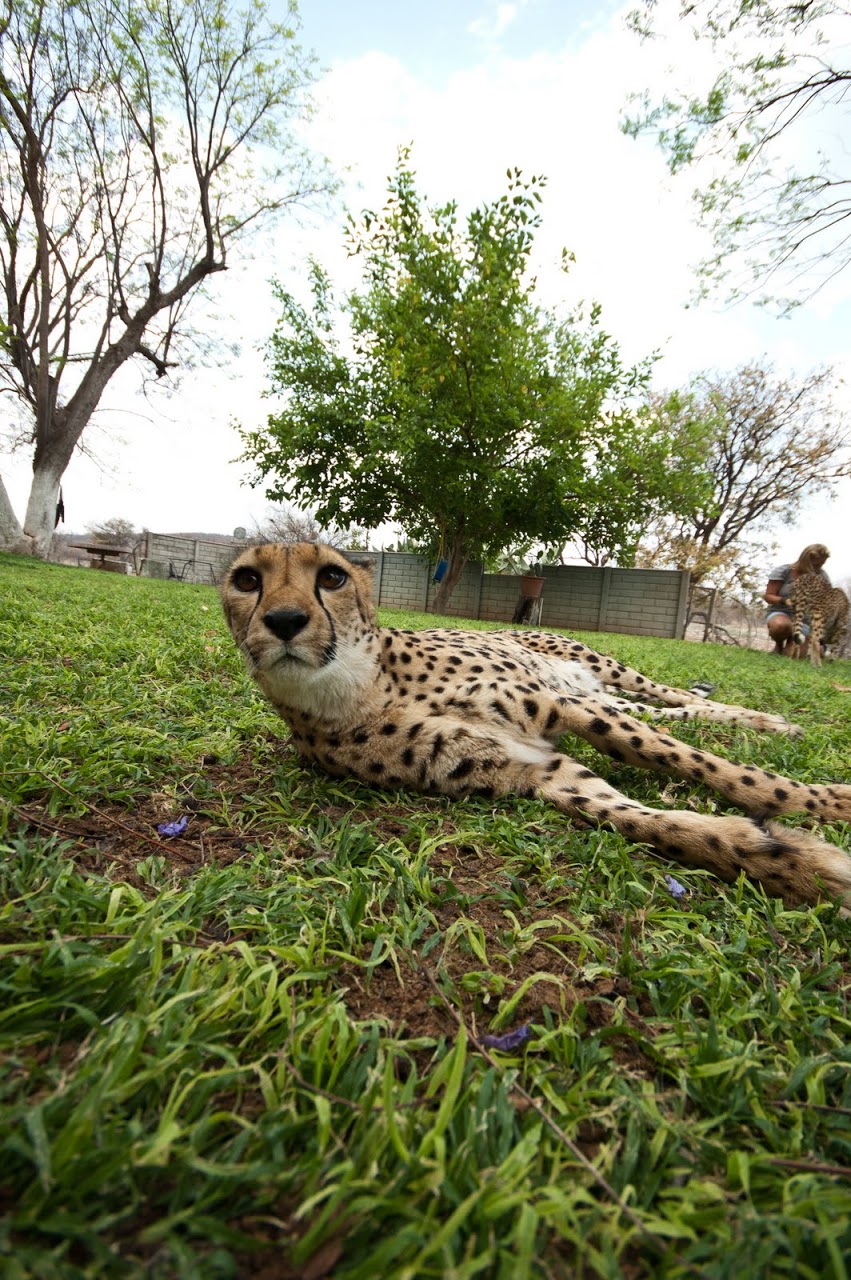
|
Yet, I hesitate to recommend a visit to the conservation center. The reason I hesitate is because the family took the cubs of a pregnant female and raised the cubs by hand, alongside their family beagle. The cheetah cubs are now over 15 years old and are obviously loved and cared for by their owners.
Beagle with cheetah
The cheetah cubs have no hesitation around humans: they walking near people, lick their hands, and get scratches and pets, just like we love and cuddle Chewy and Abby .
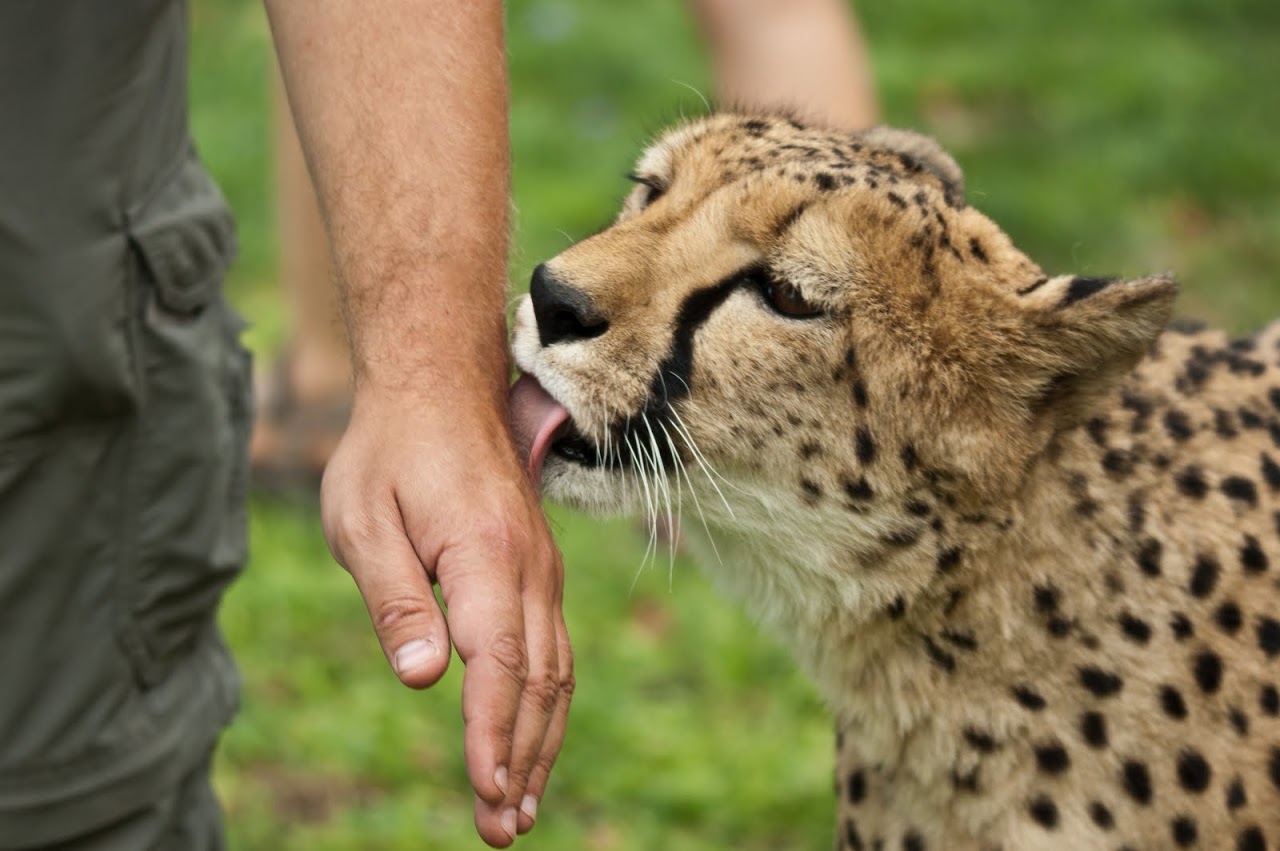
|
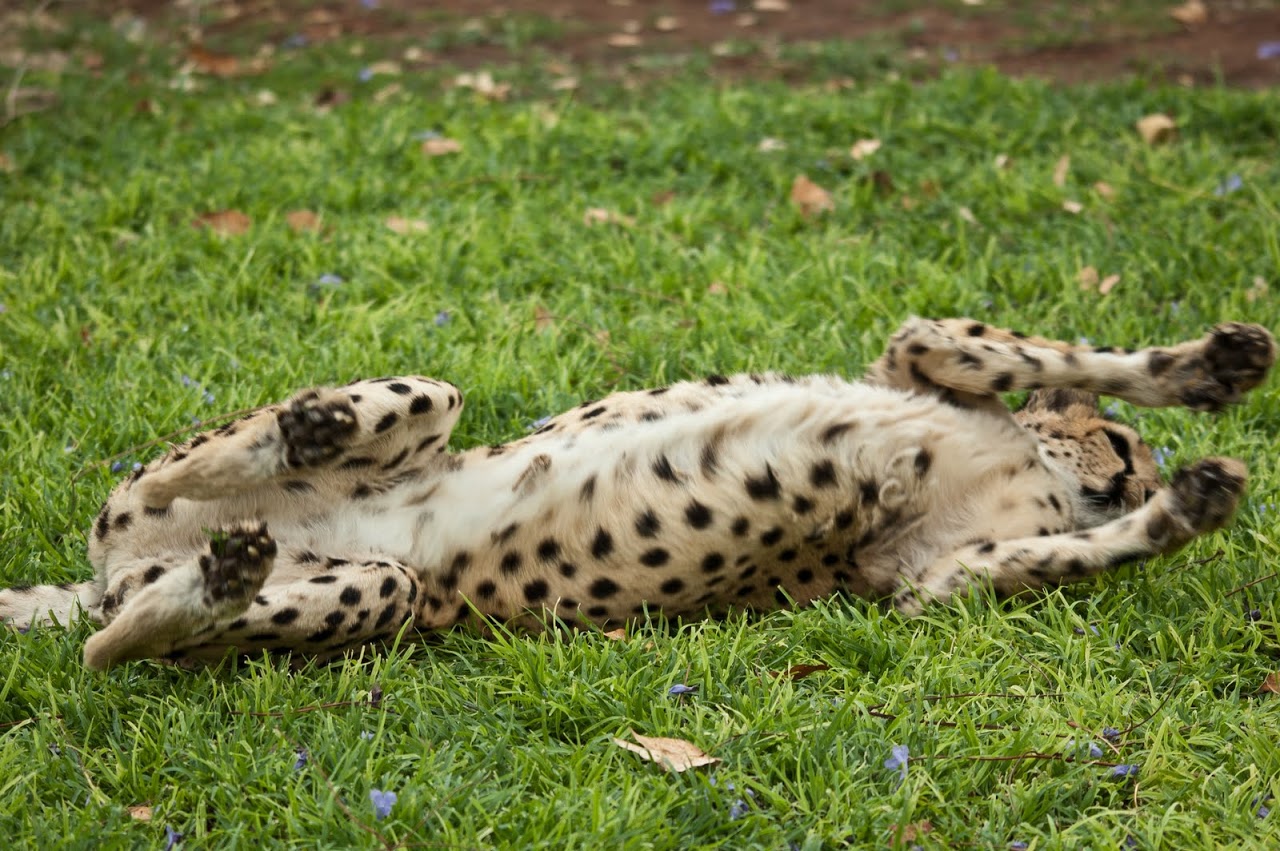
|
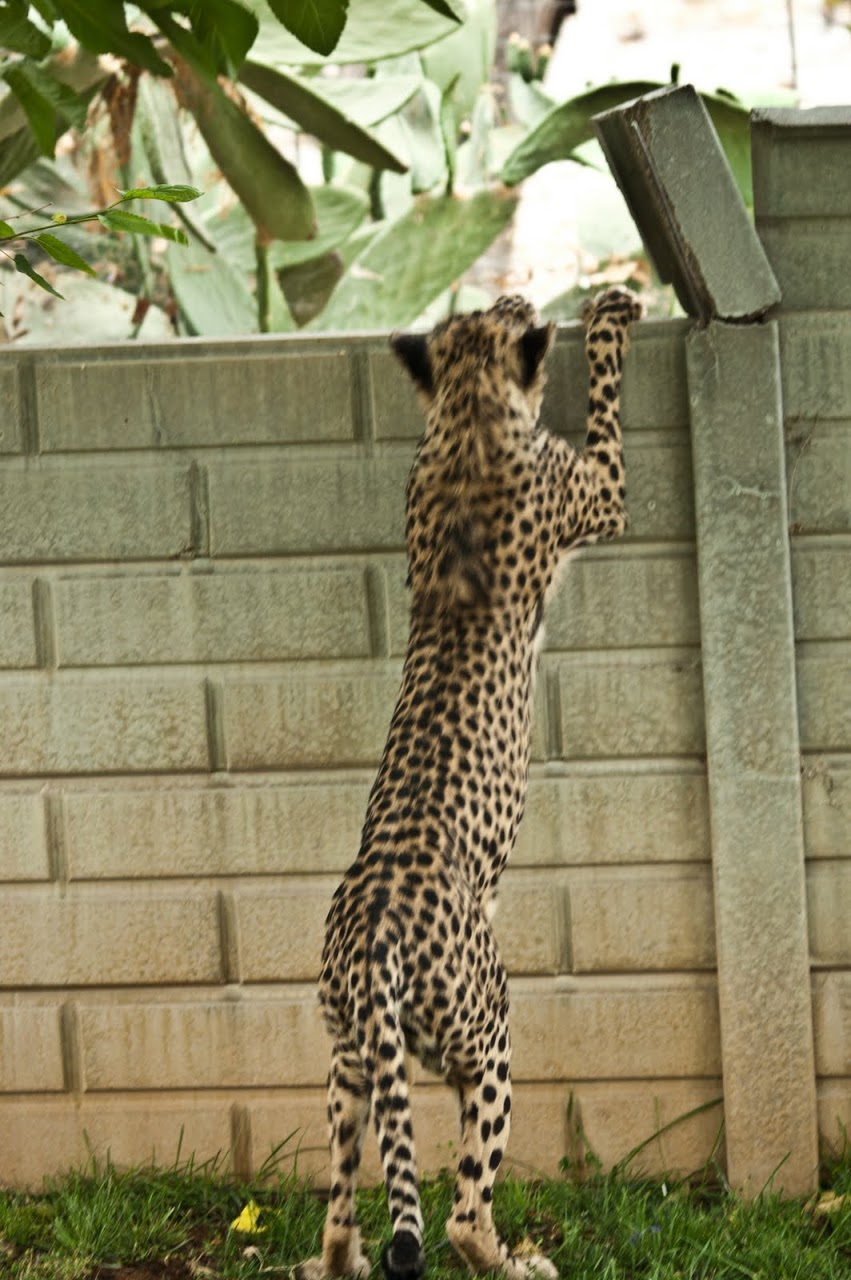
|
Being able to experience these awesome animals so closely was, indeed, awesome. But, it was also strange. These are wild, powerful animals that can run at speeds up to 70 miles per hour yet act much like the common housecat.
Wild cheetahs
The remaining cheetahs have been left in the "wild" area, the fenced in 25 hectacres, where they are fed donkey meat once a day. We climbed onto bakkies and drove to a center area where the Nel's son parked the truck and the cheetahs began to emerge slowly out from the bushes.
Cheetah drooling
Most were hungry and came eagerly to the truck, drooling and ready for food.
Half-blind cheetah
One of the cheetah's had an injured eye, giving him a freaky appearance, especially when he opened his mouth.
Cheetahs running for meat
When the Nel's son threw the donkey meat into the center of the group, we witnessed their strength and speed. Though we had four different chances, we weren't able to get a single shot of them actually catching the meat because they ran faster than our camera shutter clicked.
Cheetah with meat
Then, they hunkered down to eat the portion they grabbed or dispersed into the thickets, blending seamlessly into the yellow grasses and bushes.
Cheetah looking at us
Though I left with some doubts about the farm itself, I had no doubts about one thing: cheetahs are awesome.
* Our trip was sponsored in part by Africa-in-Focus but they did not ask us to write this post or any part of this post. As always, our opinions (both good and bad) are our own. If you are interested in our perceptions of the expedition in general, check out our Overlanding 101 post where we provide a detailed review of the trip.




